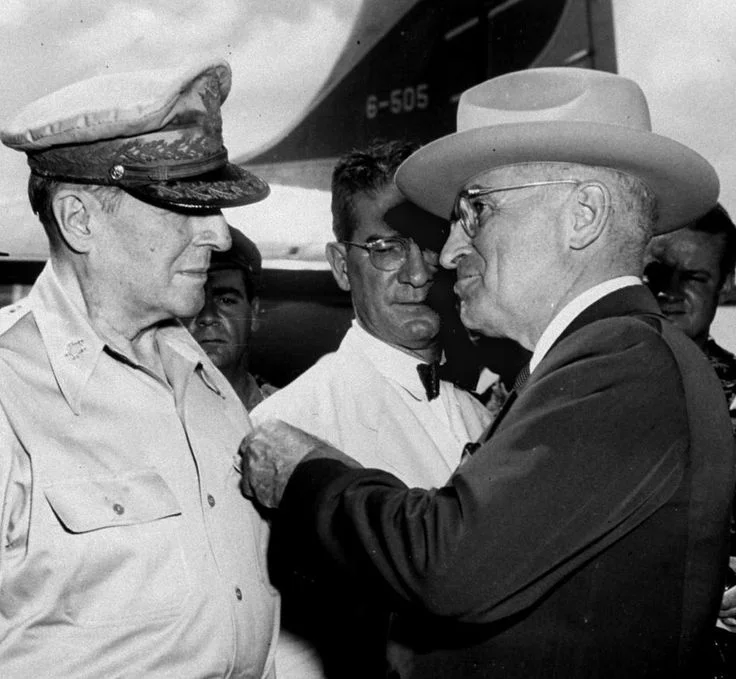Over the past several years under U.S. Chairman of the Joint Chief of Staff, General Martin Dempsey, much has been made of the need for revitalizing the profession of arms in the U.S. military generally, and in the U.S. Army specifically. The attention has taken place against the backdrop of scandals in the general officer corps and worries the post-war army will suffer from a malaise inflicted by converging influences of declining budgets, inane garrison demands for leaders accustomed to the dynamism and gravity of war, and the accumulated traumas of twelve years of constant conflict that have been deferred for many by the cycle of separation and reunion. However, the discussion has focused more on normative standards, structures, and processes for the profession and less on the ethos of the professional discourse to vibrant and socially responsible professions. It is fine to discuss the normative aspects of the ideal military profession and what must be done to establish or maintain that ideal, but those fine arguments often fail to fully recognize the hindrances that exist to an active and open discourse that is so necessary to realizing that ideal.
Discourse is more than a professional activity that one simply does. It is an interaction based on a perspective of collective, shared, discovery. This characterization of discourse might seem academic in a military setting, but, as much of the criticism leveled against military proclivities suggests, the necessary cultural precursors for productive discourse are neither entrenched nor broadly accepted. As with leader initiative, the rhetoric of open and dynamic discussion of professional matters within the military runs aground on the reality of institutional risk aversion and an fear of being fired, made ironic when so few officers are actually dismissed from places of significant responsibility.
Gainful professional exchange begins with officers who understand that said exchange depends first on building a bridge to understanding rather than seizing a fixed and objective truth. The former focus inherently demands logical missteps and unorthodoxy. The latter focus stifles creative thinking and discourages practitioners from sharing insights that are not already institutionally endorsed or broadly shared within the profession.
PowerPoint dependency and managerial norms in the military conspire with other artifacts in leader development, such as inflexible human capital management processes, to fatally undermine the vibrant discourse that the U.S. military professes to desire. If insights cannot be reduced to the tautological pithiness of a PowerPoint slide, many, if not most, veterans will keep their observations to themselves and never consider contributing valuable experiences to professional debates on the nature and purpose of war. Talking about tradecraft in terms of tactics, techniques, and procedures is insufficient to ensure troops are not employed irresponsibly by policymakers or ineffectively by their commanders.
The serving generation of military professionals has taken good advantage of the platforms available to them on the internet to improve the performance of units in the field. Career officers and their institutional leaders must do more, however, to translate that energy into a discourse on the nature of warfare and the conduct of war. The alternative is the military will again turn inward and find reasons why it “lost” and ignore the reasons why the enemy or the inertia of circumstances “won.” Truth can triumph over parochialism only when military professionals unburden themselves from responsibility for conclusive answers, which are ultimately monuments to obsolescence, and share their individual glimpses of reality to create an understanding of war that remains lacking in a still dangerous world.
Robert Mihara is a U.S. Army strategist. The views expressed here are the author’s alone and do not reflect the official position of the U.S. Army, the Department of Defense, or the U.S. Government.
Have a response or an idea for your own article? Follow the logo below, and you too can contribute to The Bridge:
Enjoy what you just read? Please help spread the word to new readers by sharing it on social media.
Header Image: President Truman pins the Distinguished Service Medal with four oak leaf clusters on General Douglas MacArthur on Wake Island, in this Oct. 14, 1950 (AP Photo)


